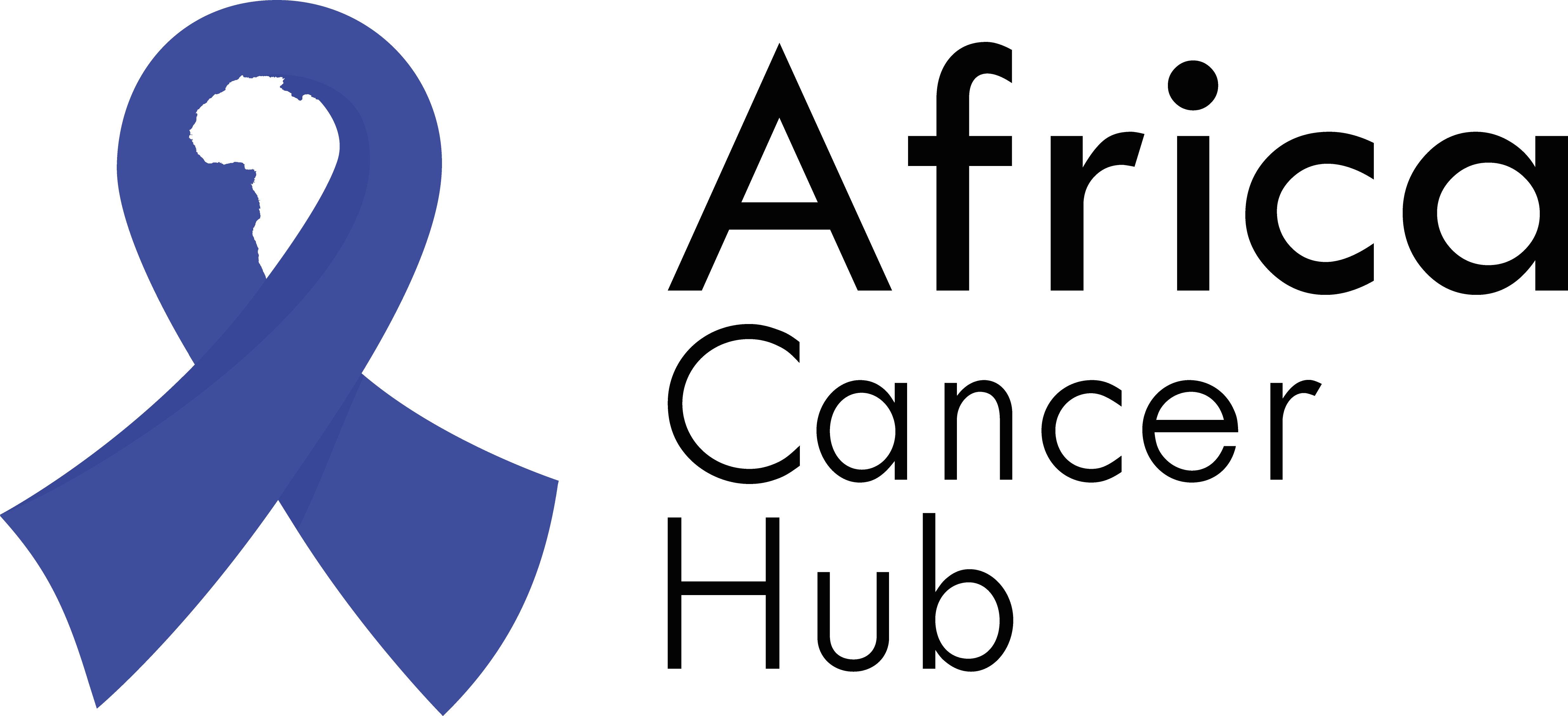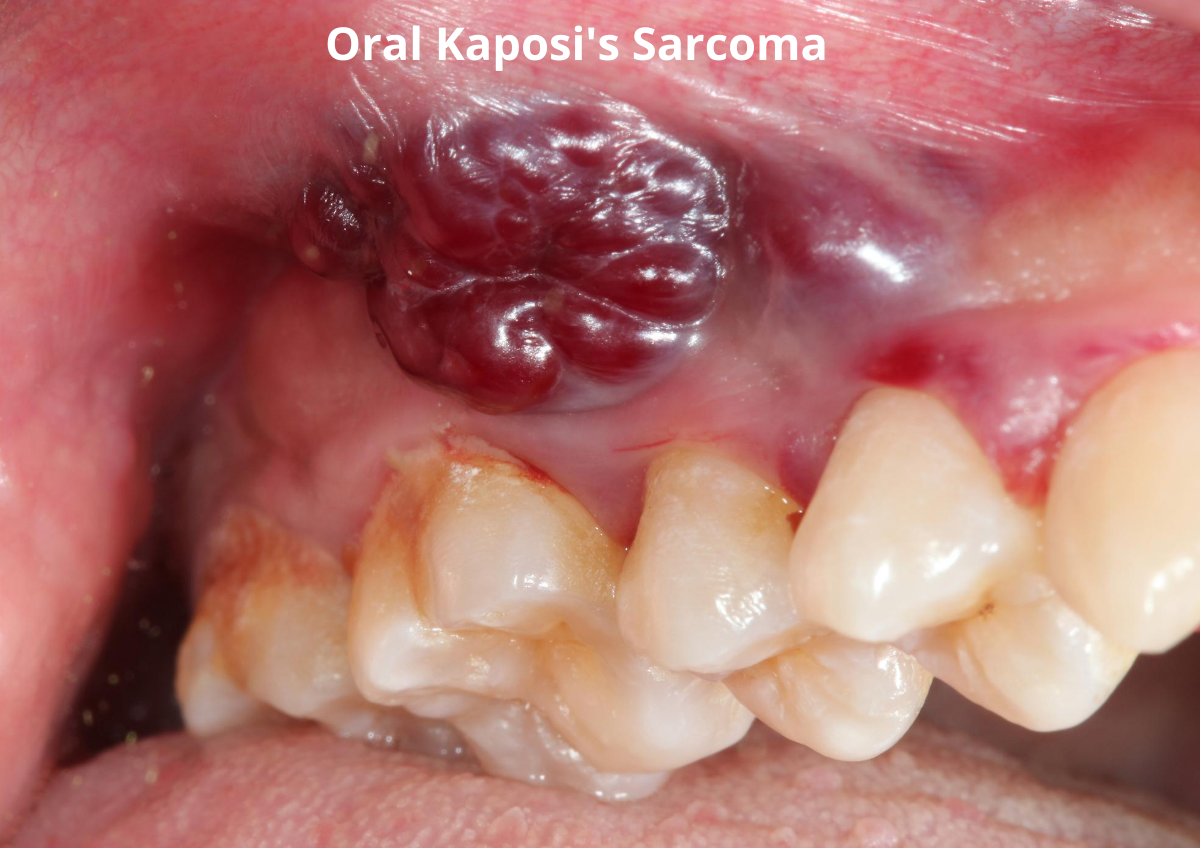Kaposi’s sarcoma is a type of cancer that begins from cellular structures like the blood vessels and lymph nodes. They typically appear as painless purplish or red spots on the skin, genitals and lining of the mouth, although they can appear in different organs like the liver, lungs. stomach and bowel at the same time.
There were several reports of Kaposi’s sarcoma in Africa that started in 1947. The number of cases has now increased so much that it is now an endemic. African population suffering from immunosuppression suffer from Kaposi Sarcoma the most. The problem with Kaposi’s sarcoma in Africa is so serious that a type of disease exists with its name.
Types of Kaposi’s Sarcoma
There are four types of Kaposi’s sarcoma. The type of population depends on the population that it affects.
Epidemic Kaposi Sarcoma (HIV-related)
This type of Kaposi’s sarcoma is most common in the United States. It develops in a population that already suffers from HIV. This means that those with weakened immune systems caused by HIV have the highest risk of Kaposi’s sarcoma if they have HHV8 – the virus that causes Kaposi’s sarcoma.
Classic Kaposi Sarcoma (Mediterranean)
This type of Kaposi Sarcoma occurs in older adults. It usually affects the older male from the Mediterranean. Eastern European or the Middle East. People suffering from this type do not usually have fast-growing lesions and usually found on the legs and skin. The leading cause can be because of a weak immune system in older people.
Endemic Kaposi Sarcoma (African)
This type usually affects people that live in Equatorial Africa. and is more prominent in areas where HHV8 is common. A subtype of this disease is Kaposi Sarcoma Associated Herpesvirus (KSHV) infection. A distinguishing factor in this type is that it can affect young people as well. African Kaposi’s Sarcoma tends to progress rapidly.
Iatrogenic Kaposi Sarcoma (Transplant Related)
Iatrogenic Kaposi Sarcoma occurs in people who suffer from immune system suppression caused by organ transplants. This is because patients who have organ transplants have to take immune suppressing drugs to reduce the risk of the body rejecting the donated organ. Discontinuation of these drugs can make Kaposi Sarcoma go away.

